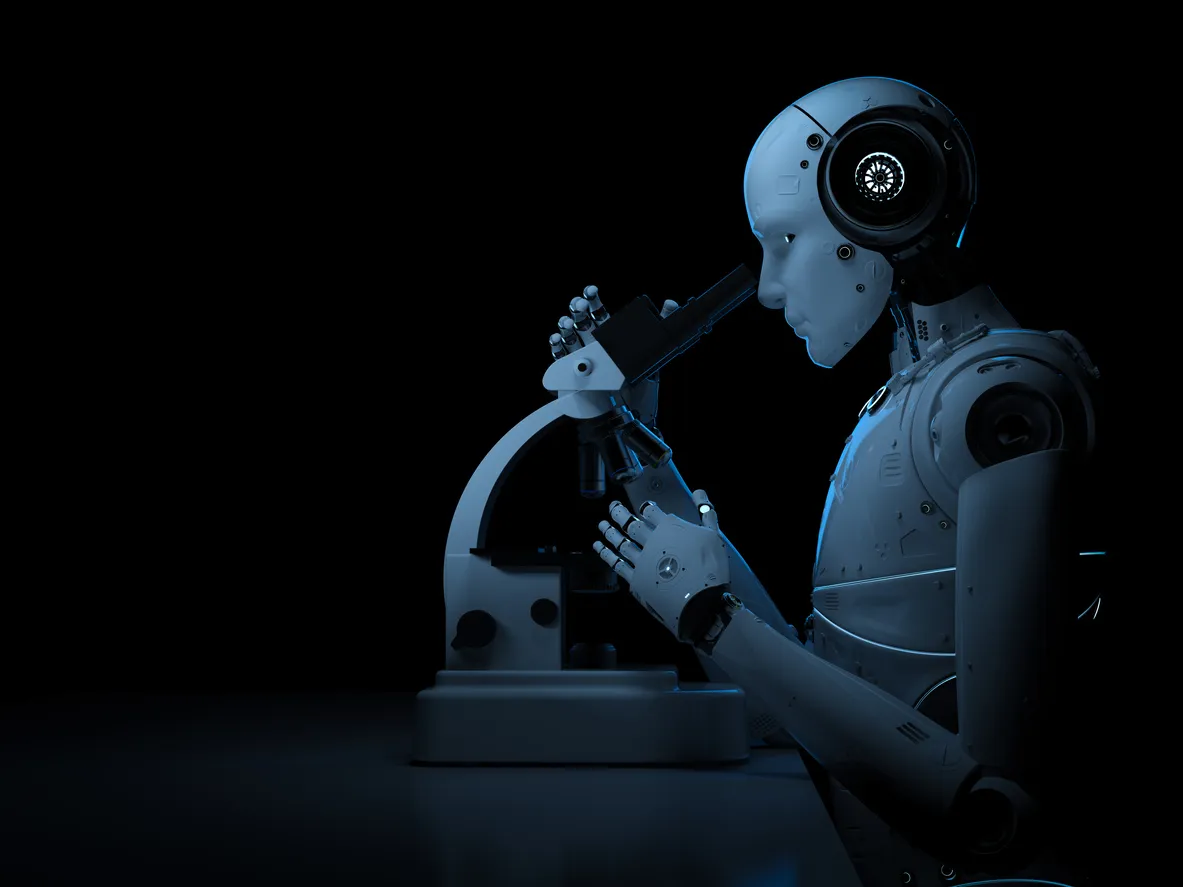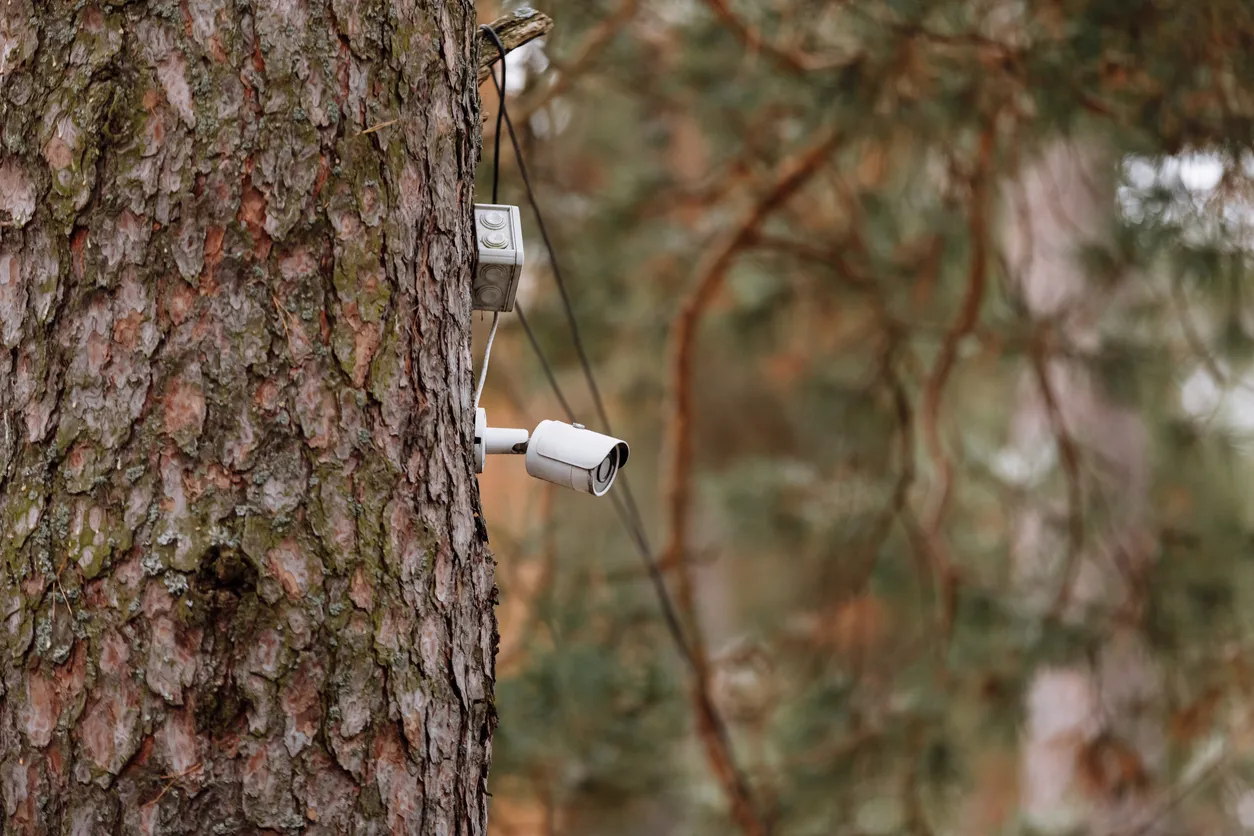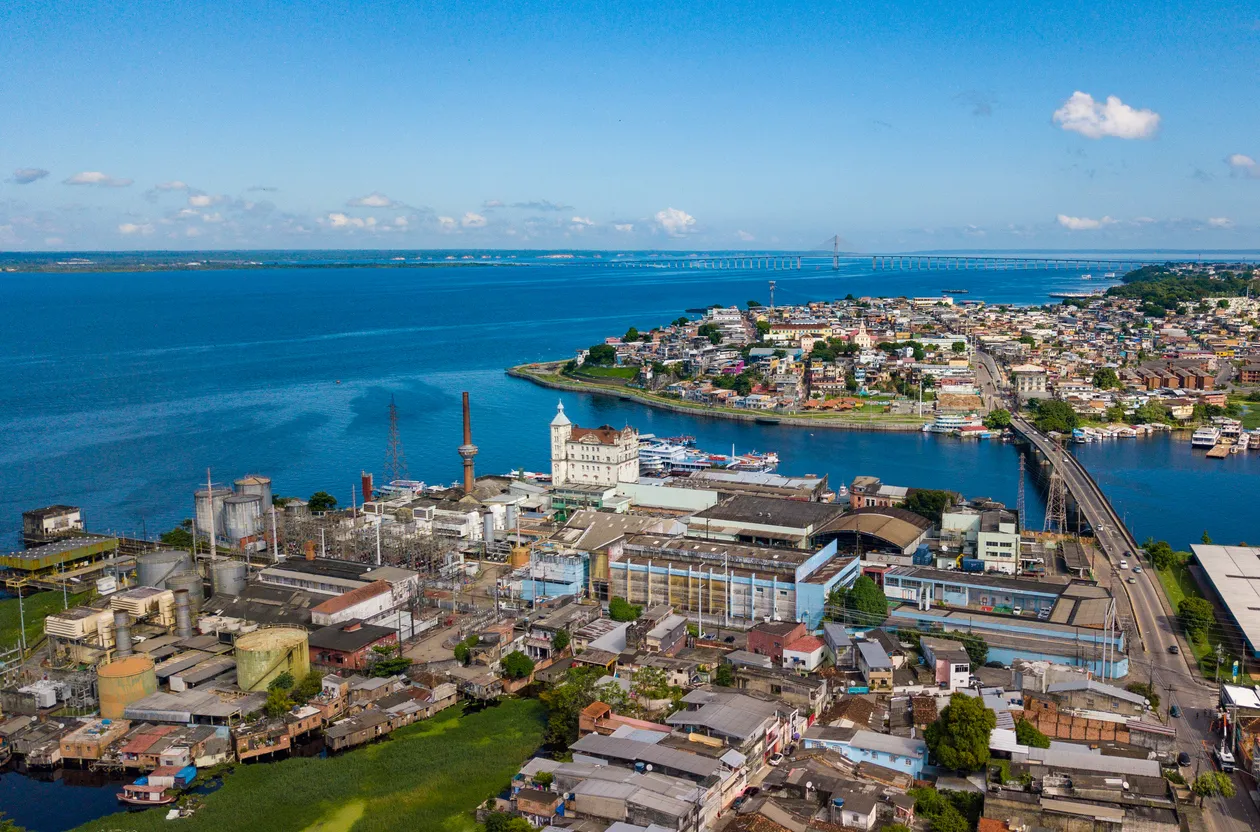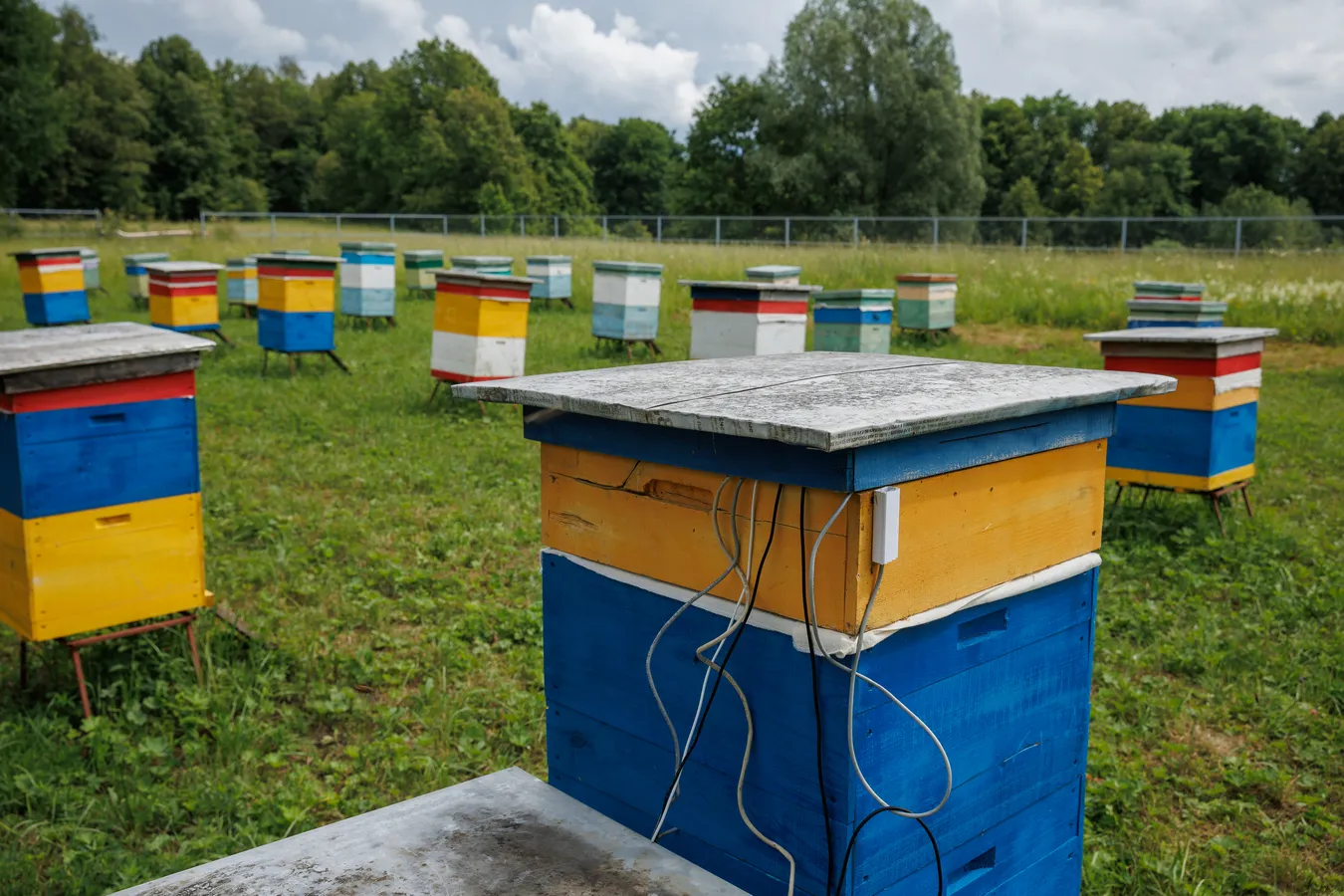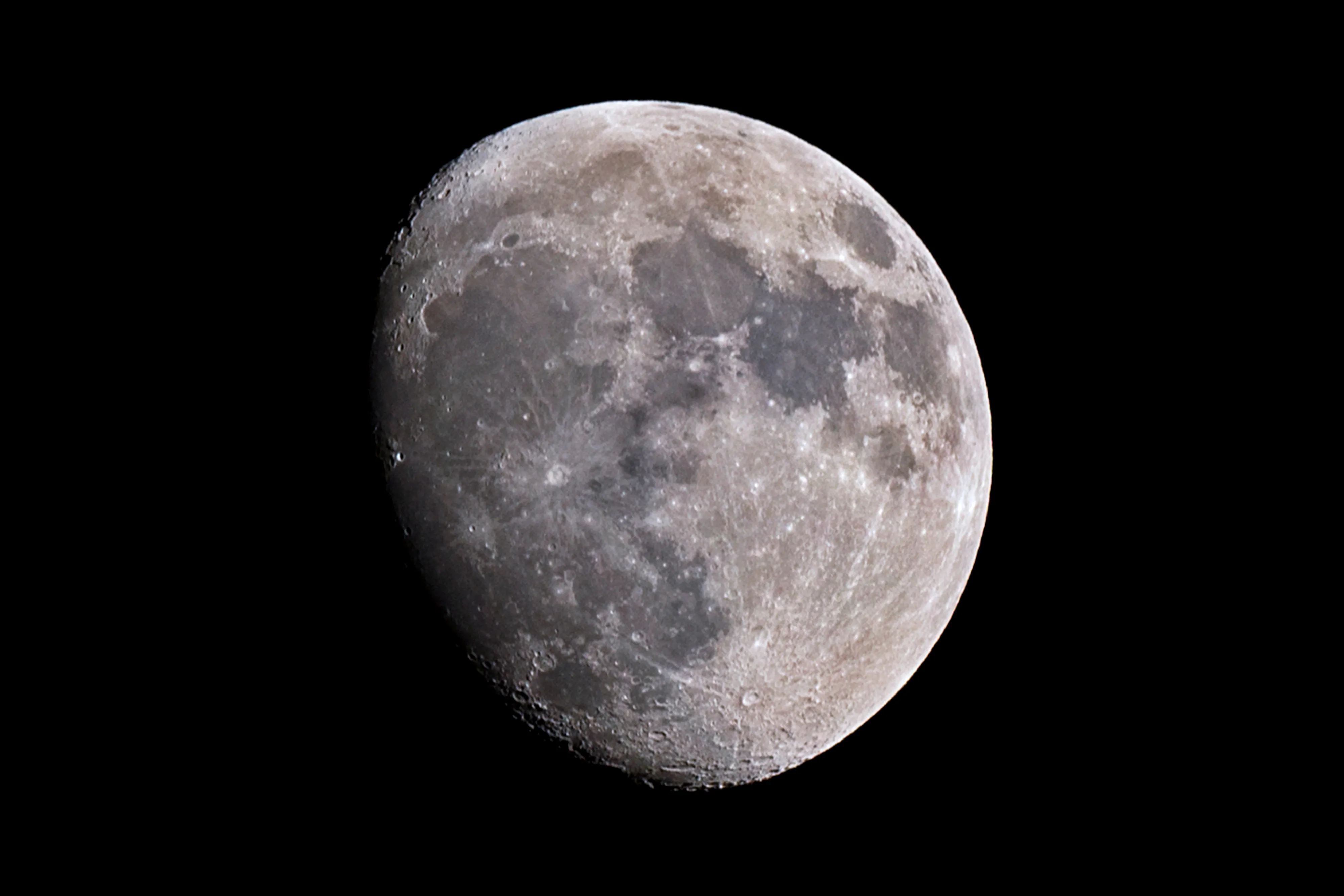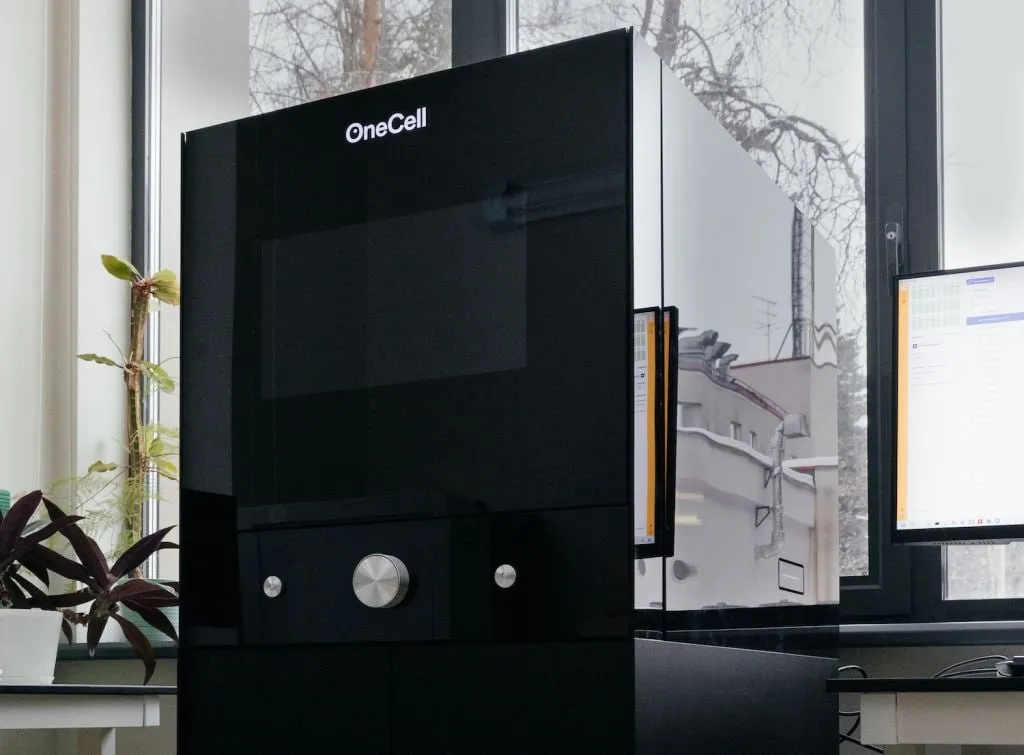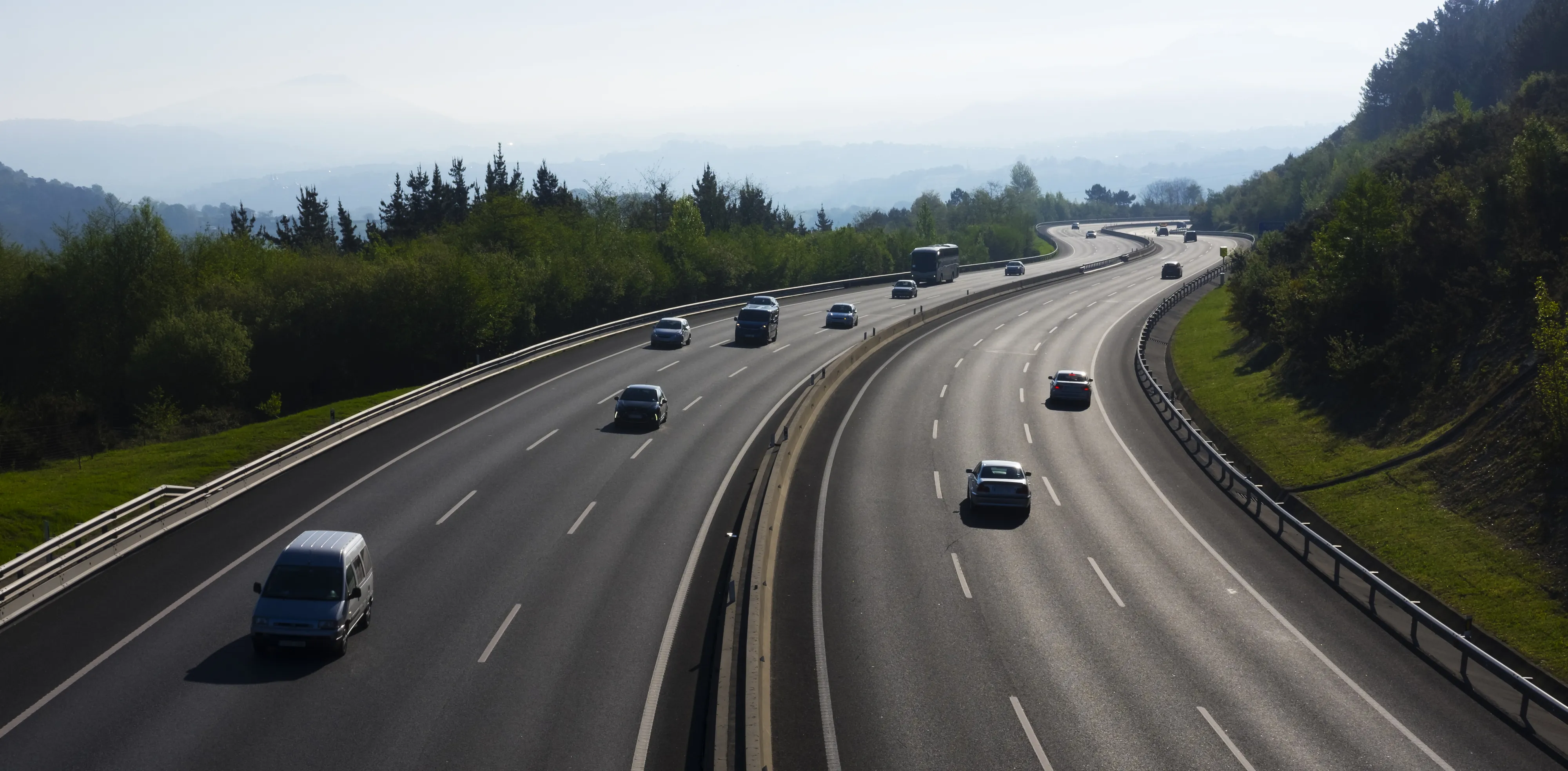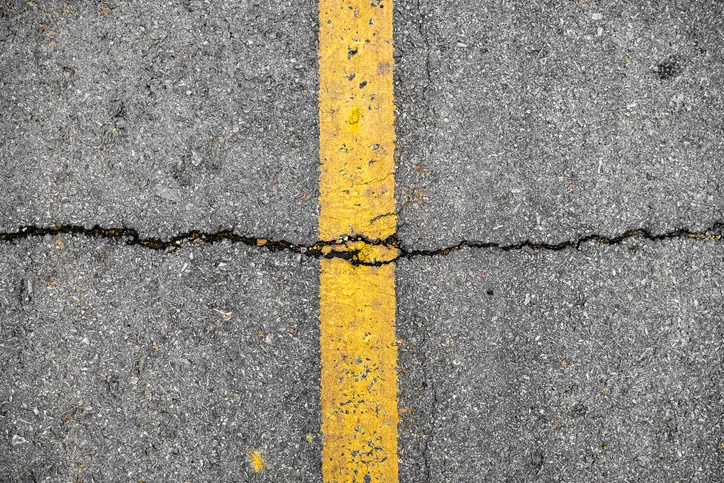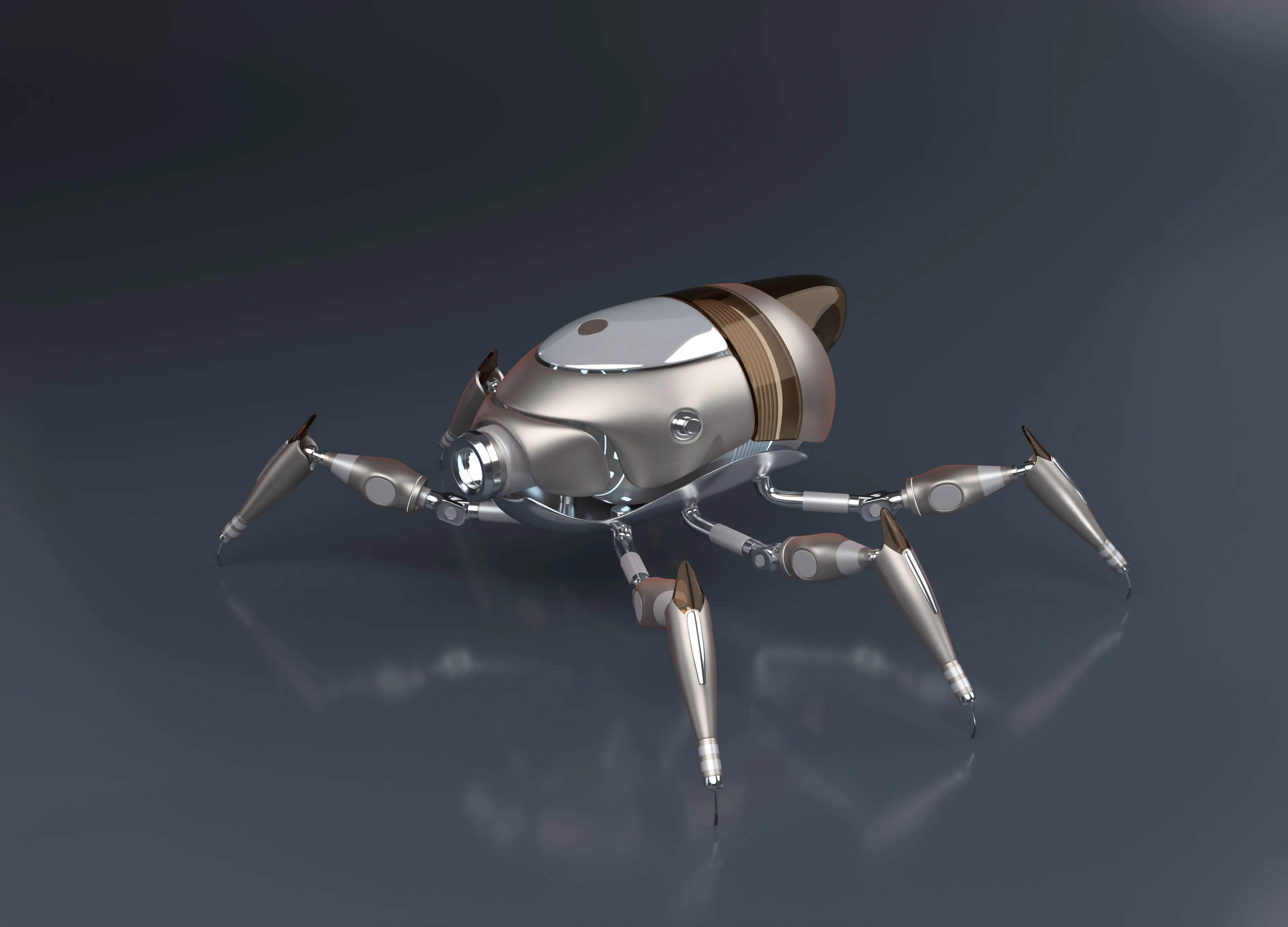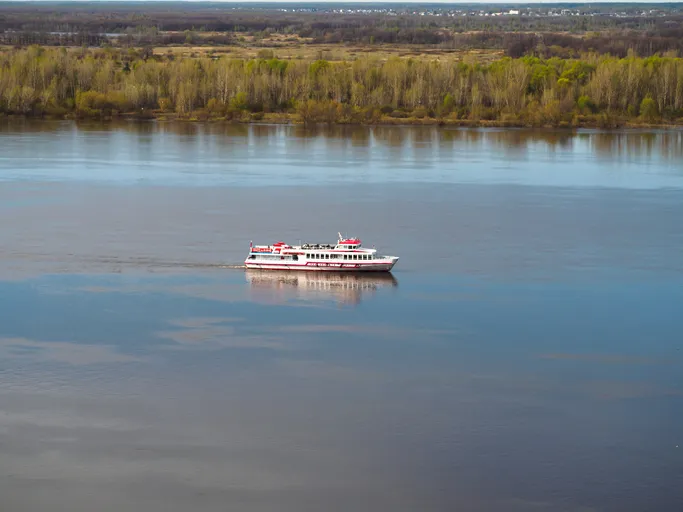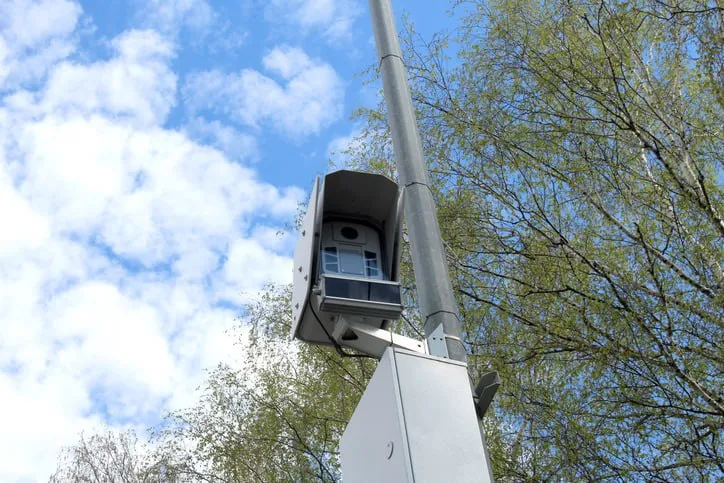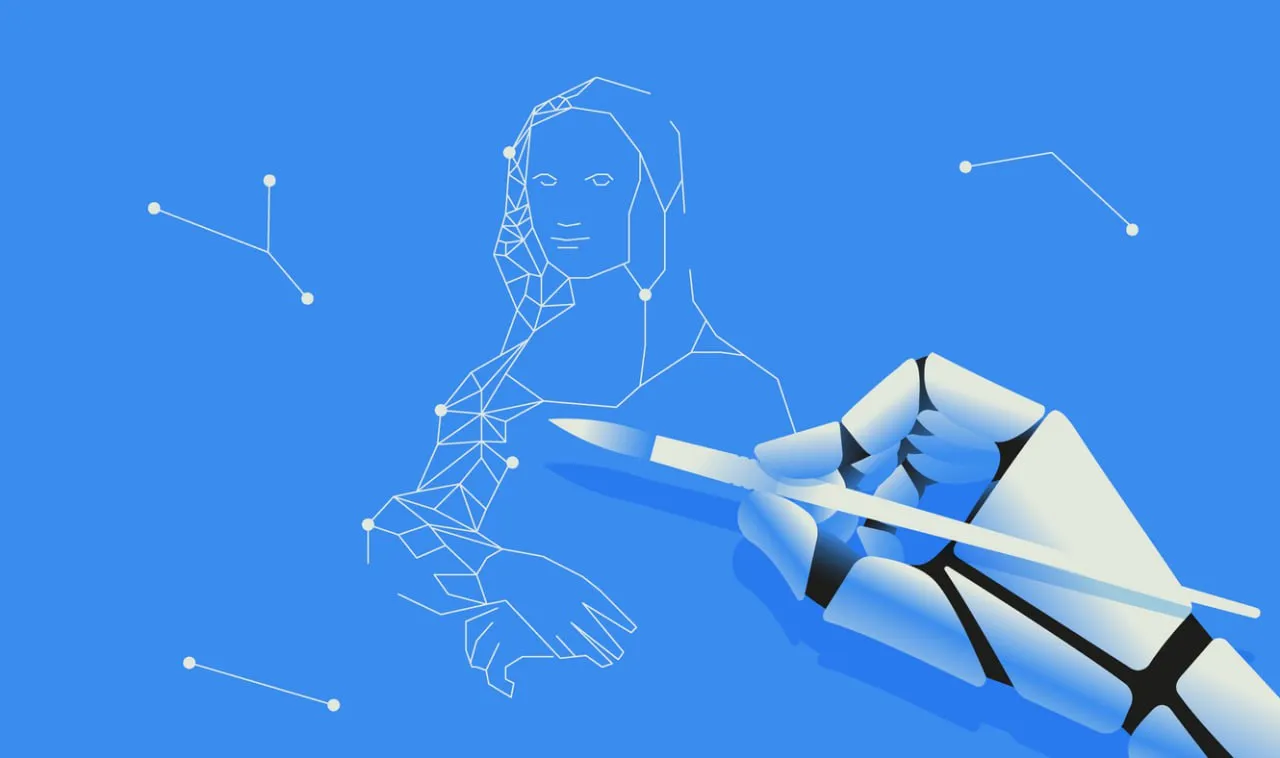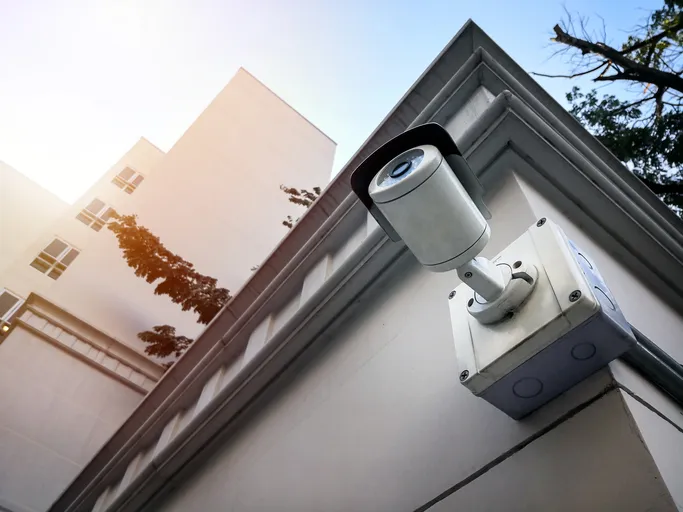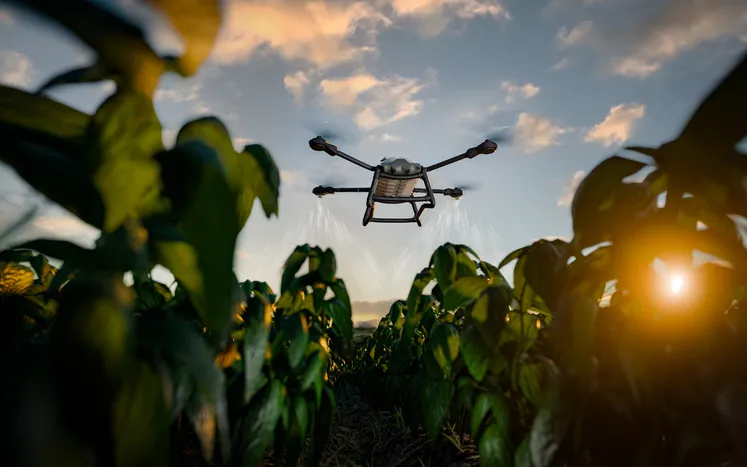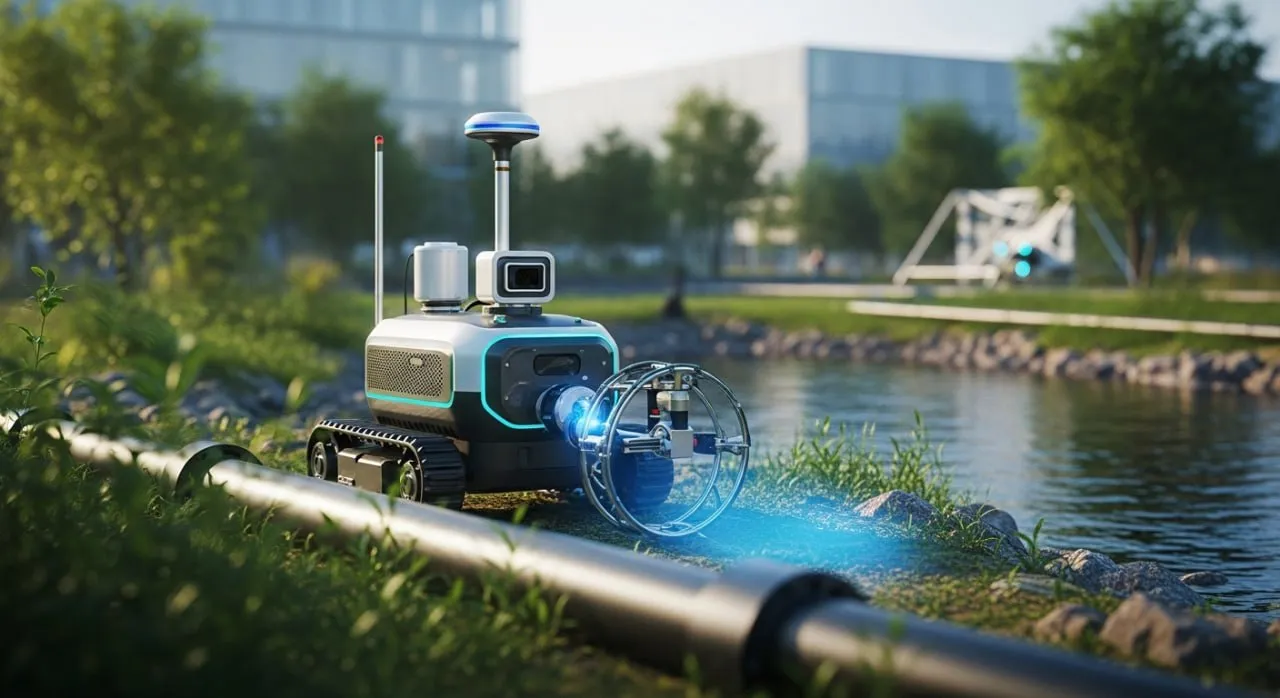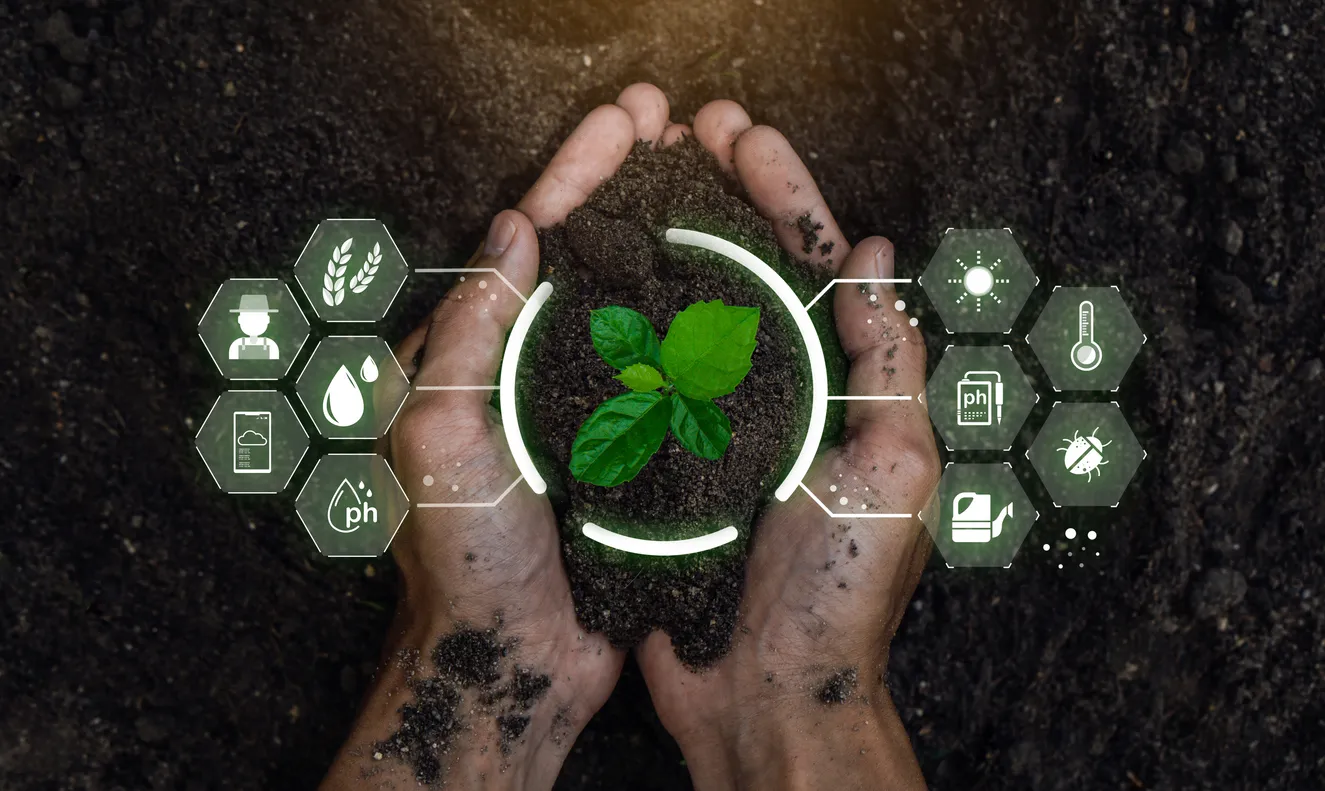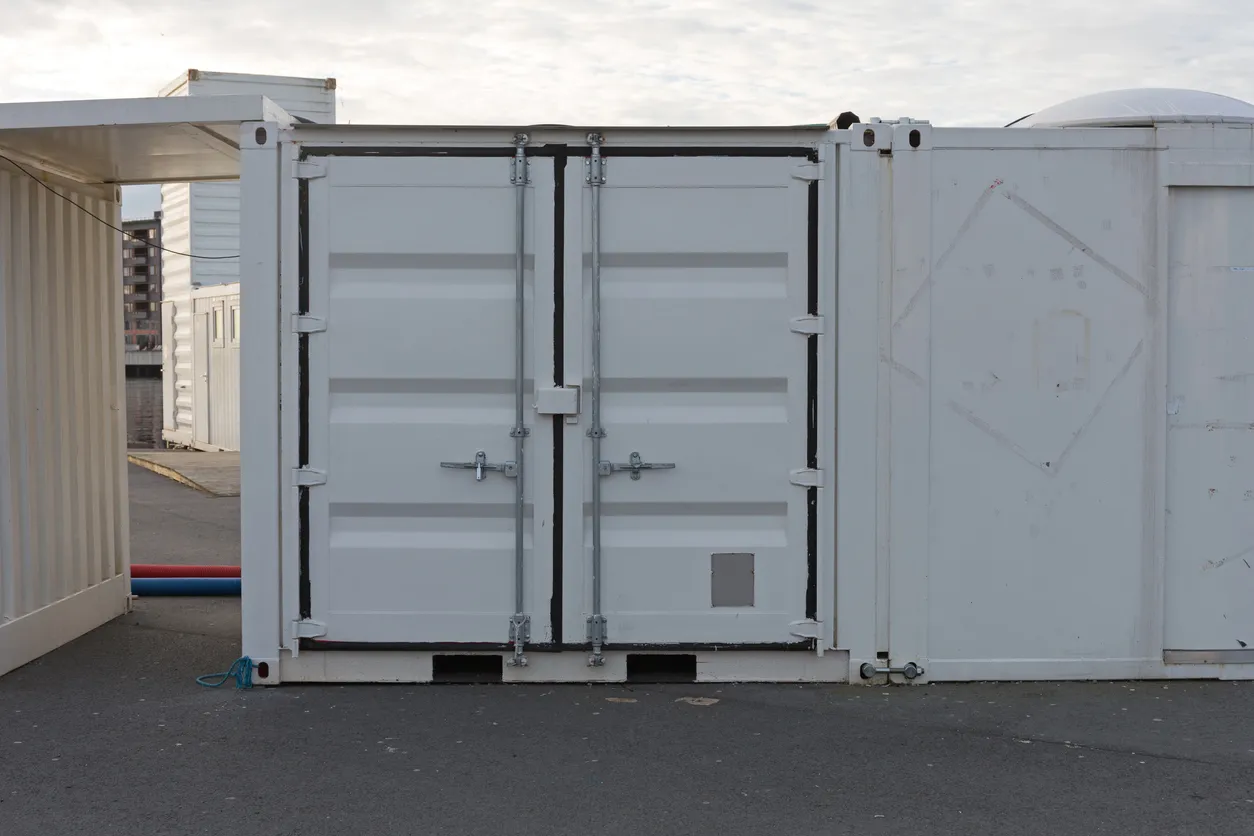Russian scientists develop AI‑driven method for remote archaeological surveys
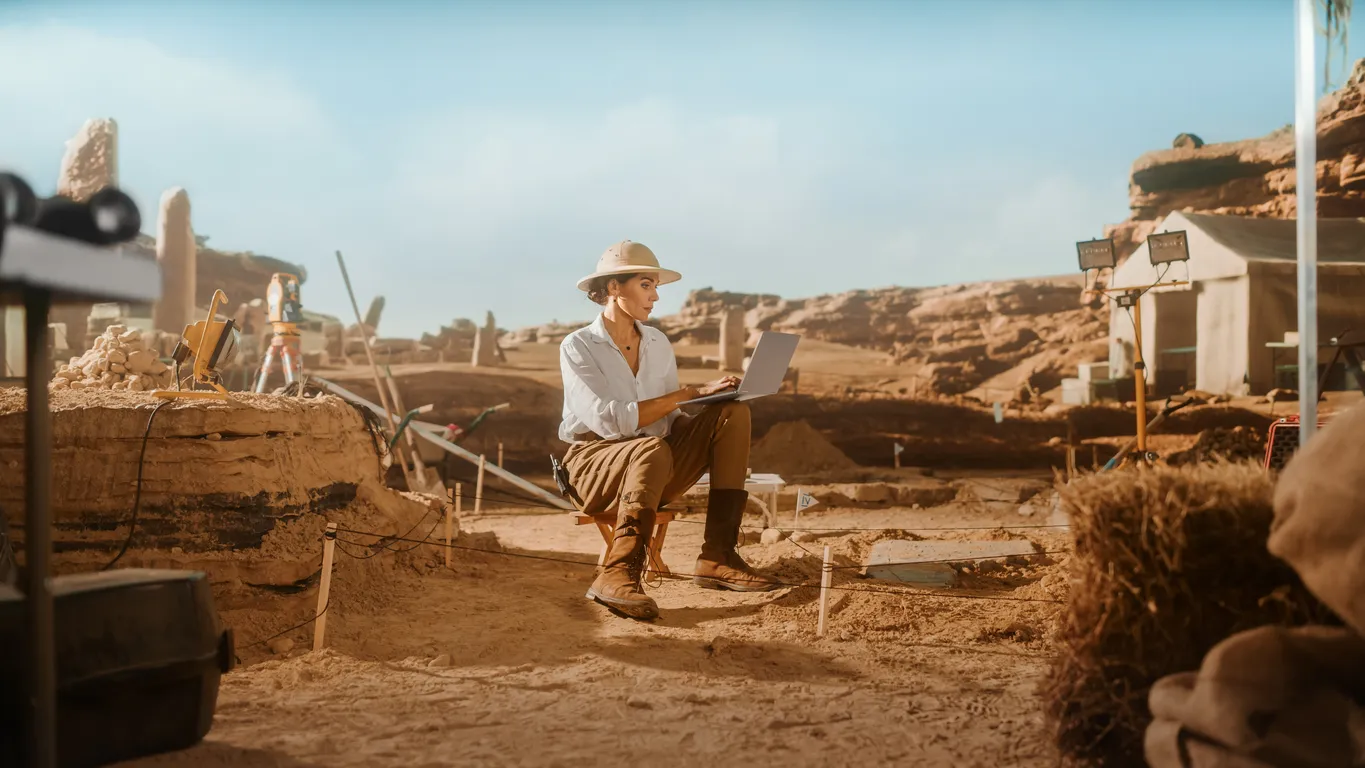
In a breakthrough for heritage preservation, researchers in Russia have combined mathematical modeling and machine learning to minimise damage to ancient sites by generating detailed 2D and 3D digital reconstructions
Modeling landscapes with precision
Researchers at the Moscow Institute of Physics and Technology have devised a remote‑sensing workflow that begins by compiling a “2D model” of terrain relief from satellite imagery, aerial photographs, electronic theodolite measurements and geoelectric surveys. By feeding these data into a streamlined mathematical model, the team’s algorithm iteratively refines its output, reducing the risk of inadvertent harm to fragile monuments. According to Izvestia, this approach cuts down on field exposure, letting scientists pinpoint promising targets before any ground disturbance.
From pixels to structures: 3D insights
Beyond flat maps, the method produces digital “3D copies” of archaeological features using airborne laser scanning. Convolutional neural networks trained on known site typologies then analyse these high‑resolution meshes. With up to 96 percent accuracy, the system automatically detects defensive works, ditches, dwellings and burial grounds—even when they lie hidden beneath vegetation or shallow soil.
Analytics and human impact
The power of this technique lies in its data‑driven analytics: each design iteration quantifies how subtle changes in model parameters affect detection rates, guiding the algorithm toward optimal survey strategies. For cultural heritage managers, it means faster, safer assessments of endangered monuments. Farmers and land‑use planners can integrate the digital maps to avoid unintentional site damage, while policymakers gain reliable metrics to prioritise conservation budgets.
Looking ahead, the team plans to extend applications overseas—scanning Bronze Age tombs in China and other regions—underscoring the global utility of Russia’s AI‑based toolkit for safeguarding our collective past.




